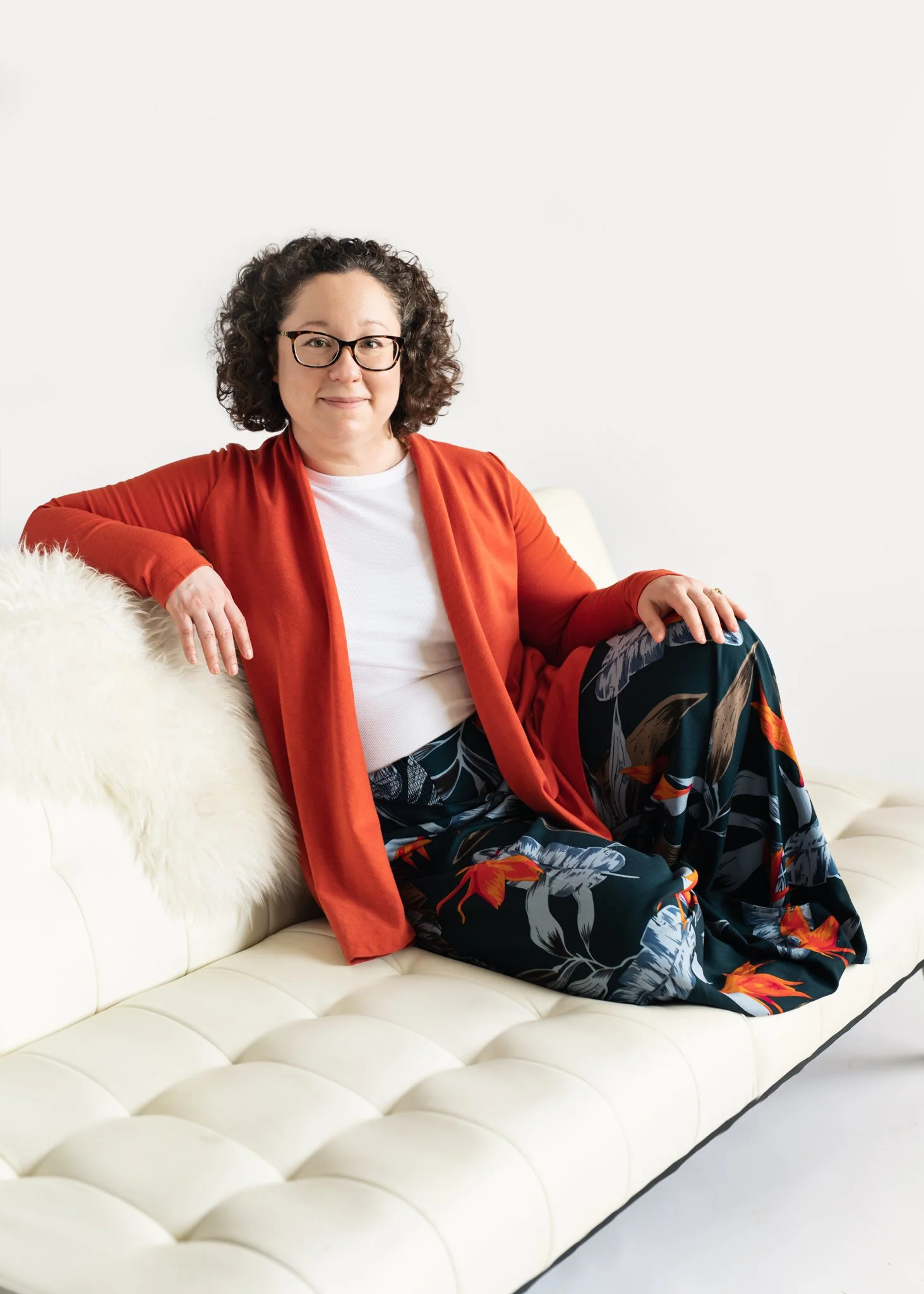
Creating frameworks for a world where communication works for people of all neurotypes
Ana María B Call, MACommunication happens between people, not inside one person
I’m Ana María, a 2E (Gifted + autistic) linguist, interculturalist, and former civil rights worker. I create tools and visions for a world where cross-neurotype communication is everyone's work.
Through essays, artifacts, and frameworks, I explore what becomes possible when we stop asking Gifted, autistic, and 2E+ people to do all the adapting - and start building mutual communication competency.
My practice weaves together linguistics, intercultural communication, and language access, with creative speculation. I make things you can read, hold, and use: frameworks that translate research into practice, artifacts from possible futures, language for ideas that don't yet have words. My work is grounded in research but expressed through creative practice- because sometimes we need to see and hold possible futures before we can build them.
I work with neurodivergent professionals, providers, and organizations moving toward neurodiversity-affirming practice; people who know there's a better way but need clearer maps to get there.
The Work
Through essays, artifacts, and frameworks, I'm reimagining what cross-neurotype communication could look like:
For autistic/Gifted/2E+ professionals: Work that explores communication strategies honoring authentic expression while navigating neurotypical-dominated spaces.
For providers & practitioners (of all neurotypes): Frameworks for integrating cross-neurotype communication competency into therapeutic, educational, and organizational practice.
For leaders (of all neurotypes) & organizations: Visions of communication accessibility as infrastructure rather than individual accommodation.
This is creative practice rooted in research - where linguistics, intercultural communication theory, and speculative futures meet.
Why This Matters
We're in the middle of a paradigm shift.
The field is moving away from deficit-based models that pathologize neurodivergent (especially autistic) communication - but we haven't fully articulated what we're moving toward. Practitioners want to work in neurodiversity-affirming ways but lack concrete frameworks. Organizations embrace inclusion while still operating within structures built for neurotypical communication. Neurodivergent professionals are told to "be themselves" in workplaces that haven't learned to meet them halfway.
The old model is crumbling. The new one is still being built.
We know communication breakdown between autistic and non-autistic people is bidirectional. We know forcing autistic people to do all the adapting causes harm. We know that good intentions and accommodation-as-afterthought doesn't work.
But knowing what not to do isn't the same as knowing what to do.
We need frameworks that match our values, language that reflects our evolving understanding, and tools that make mutual communication competency possible.
And we need to draw more on existing expertise. Linguistics, intercultural communication, interpretation, and language access fields have decades of sophisticated knowledge about how communication works across difference. We don't need to start from scratch - we need to integrate what's already known and apply it to cross-neurotype contexts.
That's what I'm making.
My Approach
This work centers mutual understanding, not conformity.
I don't teach methods that suppress autistic communication or treat it as deficient. I don't use compliance-based approaches or assume neurotypical patterns are "correct."
Instead, I'm developing frameworks that help both autistic and non-autistic people understand how their communication patterns differ - and what both can do to bridge that gap.
The work takes many forms: essays, speculative artifacts, visual design, practical frameworks. It's both visionary and grounded, imagining possible futures while building tools for right now.
Where This Is Going
Right now, I'm:
Writing regularly - exploring ideas, developing language, clarifying concepts
Creating artifacts - visualizing what this looks like when it becomes normalized
Building frameworks - translating research into practical tools
Connecting with collaborators - people already thinking about these questions
Over time, this becomes training programs, resources, and consultation services. But first, it needs space to develop. To find the people it's meant to serve.
The Vision
Imagine cross-neurotype communication competency as standard professional training.
Imagine neurodivergent professionals no longer carrying the entire burden of translation.
Imagine organizations asking "what communication approaches serve everyone here?"
Imagine practitioners working confidently across neurotypes with actual frameworks, not just good intentions.
We can build that world.
My work explores what it looks like - and creates tools to get us there.
Join Me
Newsletter: Monthly essays on cross-neurotype communication, autism linguistics, and building more accessible futures
[Newsletter signup]
Writing & Projects: Follow the development of frameworks, artifacts, and ideas as they emerge
Connect: I'm especially interested in hearing from researchers, practitioners, autistic advocates, and families exploring these questions.
[Contact form or email]
Recent Work
[Space for blog posts/artifacts]
Coming soon: Essays, frameworks in development, artifacts from possible futures

“If you change the way you look at things, the things you look at change.”
Dr. Wayne Dyer